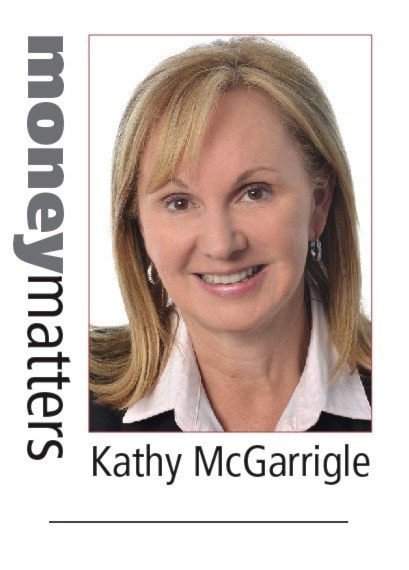Okay, I’ll confess my headline was deliberately designed to get your attention. And if it did, it confirms studies that show many of us would like to retire young, if possible, or at least ensure we don’t have to labour in our senior years just to make ends meet.
Unfortunately, we seem to be headed in the wrong direction when it comes to preparing for retirement. Based on current savings trends, Canadians are on track to replace only 50 per cent of their pre-retirement income, according to a 2012 study. The average size of RRSP plans in Canada is only $55,000 and only 38 per cent of Canadians have access to a registered pension plan, while only 28 per cent of workers have access to employer provided plans. In fact, one in five Canadians have no retirement savings and based on current savings levels, 44 per cent of 25- to 30-year-olds will risk a marked decline in their standard of living upon retirement.
If that sounds concerning, here is some simple financial help – steps you can begin taking today to financially shore up your retirement, whether it’s 15, 25, or 45 years from now.
Open a RRSP. I guess the first tip is pretty obvious, but it’s surprising how many Canadians are without a retirement plan. In addition to helping you invest money for your retirement, RRSPs provide tax benefits that could result in significant savings. Of course it’s better to start your RRSP early, but better late than never. And while it’s true that the more you contribute, the larger your retirement nest egg, it’s better to consistently contribute the little that you can afford now than to wait till you can contribute a higher amount later.
Automate it. If you want to beef up your financial discipline, automate your RRSP contributions. Canadians usually rush to make lump sum contributions before the RRSP contribution deadline each year, and that’s great for those who want to maximize the tax benefits. But don’t ignore making regular small contributions throughout the year. The great thing about banking technology is that you can set this up so your predetermined amount goes out of your bank account and into your RRSP on a specified schedule.
Work on both debt and retirement. This is a big dilemma for many, given increasing household debt in Canada. Do I use my scarce financial resources to pay down my debt or contribute towards my retirement? First, I suggest working hard to bring your debt under control, which often includes curbing your spending. But unless your debt is significant, you may want to pay it down at the same time as you contribute to your RRSP. That may mean smaller RRSP contributions, but small is better than nothing. Bottom line: continue to work on your debt as a priority, but don’t totally ignore your retirement plan.
Crunch the numbers. It’s helpful to know what your contributions will actually mean when you retire as this will help you determine if your plan is working for your needs or if you should make adjustments now or in the future. Several variables need to be factored into your calculation, including the assumed rate of return on your investments; expected government or company pension; your desired retirement income; current value of your RRSP; and current annual contribution amounts. Most financial institutions have retirement planning calculators to assist you with this. Talk to your credit union or bank, or visit their website to access this tool.
Don’t dip into it. Technically, you can draw from your RRSP for life’s big ticket items such as a car purchase or to pay for that dream wedding, but you’ll pay a hefty tax on the money. And what if you have debt – should you draw from your RRSP to pay it off? My advice is to leave the RRSP intact and instead streamline your budget and spending to address the debt. Yes, debt repayment should be a priority, but I wouldn’t suggest doing this at the expense of your RRSP.
There are two government programs that allow you to access the money in your RRSP without penalty (although you have to repay the funds within a specified time frame). These are the Home Buyers Plan and the Lifelong Learning Plan. Apart from these two possible exceptions, which should remain a last resort, I would recommend not dipping into your RRSP.
The truth is, we may not all be able to retire young and rich – unless you’ve been extremely diligent in planning for retirement since your early years, were born into money, or perhaps you hit a lottery jackpot at 18. But with sound financial planning and discipline, we can all ensure that the richness of those sunset years is not clouded by undue money worries.
Kathy McGarrigle is chief operating officer for Coast Capital Savings.
